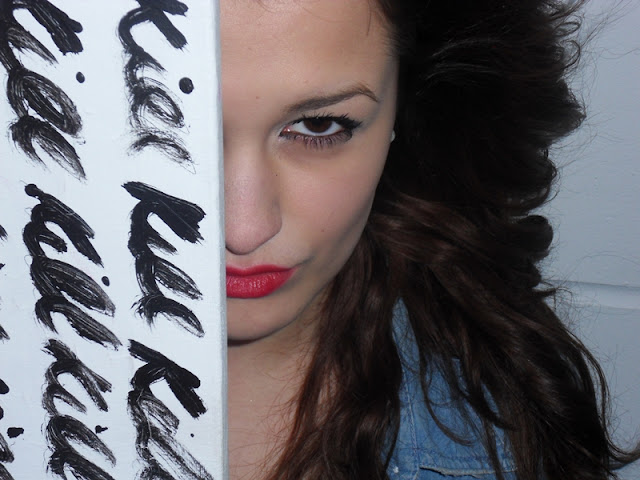The editing stage of film production is the most gruelling part of the process. But for our trailer to be the best it could possibly be, my group and I would have to work hard.
iMovie was the definitive tool and the main source of editing in this project because it is the most reliable video editing software on the market. It has an automatic memory drive and does not require the user to manually save their project as the program does it for you.
Photoshop was used to create the media poster and the website interface (which I will talk about later). The poster is pretty much a layer cake as it has had endless amounts of tweaking and layers of different elements added to it. We used the burn tool, slice tool, dodge tool, the marquee tool, the magic wand, the polygonal lasso tool; we duplicated layers, we made layer masks and vectors. We used adjustment fill layers and several other adjustment tools to create our desired poster style.
We actually designed our website page on photoshop and inserted it into Macromedia Dreamveaver MX and left it as that. Reason being, the style we wanted was not anything that Dreamweaver can operate so we decided to be smart about it and used our inspiration by Black Swans website and made it very similar to our poster. If we could choose any program to have built our site on, it would have been Adobe Flash Professional because we wanted an interactive or non-static website that would catch the viewers eye.
Our group used a HD camera for some of our shots and when we were ready to upload them to iMovie, the program could not recognize us; this sent us on a one week hunt to get the video clips converted. I took the clips home and found a program online and used it to convert our clips from MP4 to AVI.
Overall, my group kept our technology use very closed and basic but concentrated our efforts on using advanced tools on the programs because I personally see no point in using one hundred programs to try difficult things when you can use one program to do one hundred impressive things.











